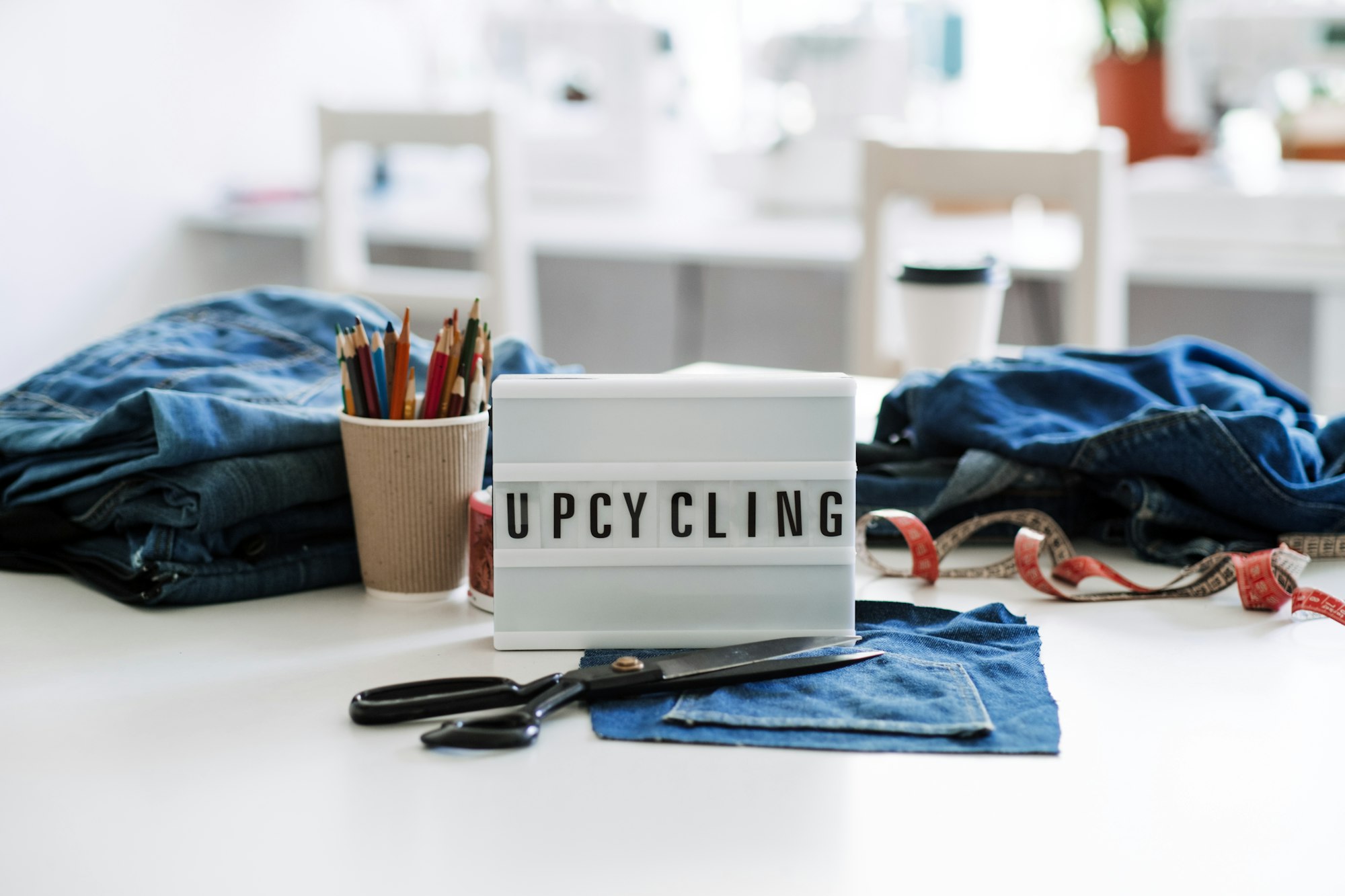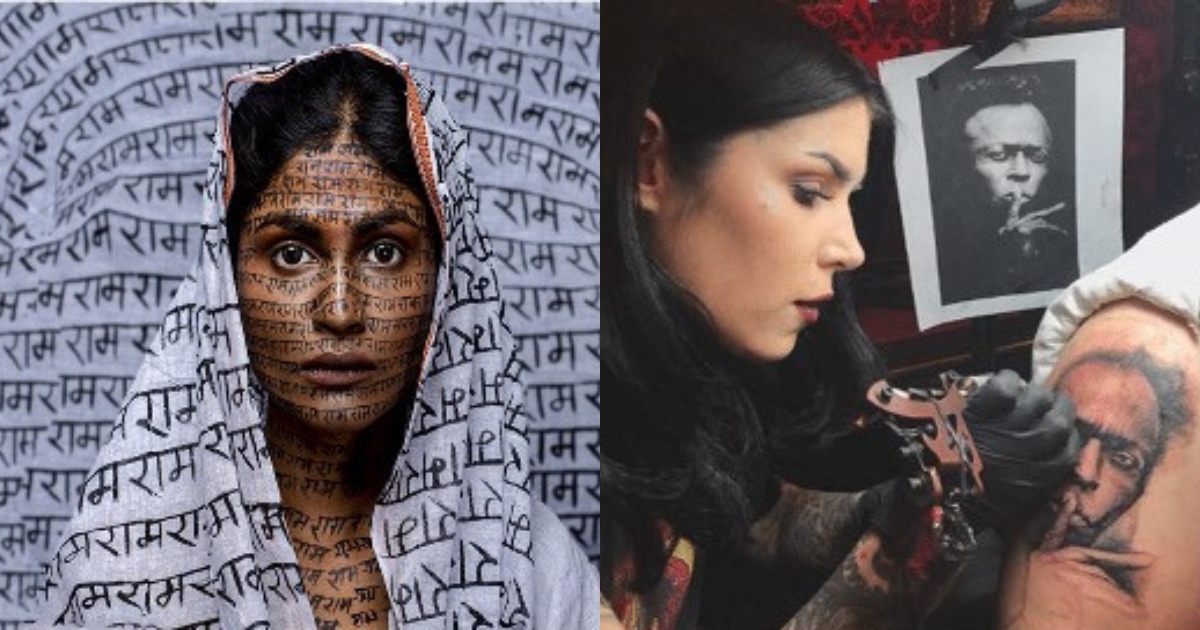The cosmetic industry is a highly competitive, ever growing and innovative industry. From the classic red lip to body glitters, the cosmetic industry has always had one mission- to provide with a medium so that people can express their true, creative selves. With the advent of social media, there is an increasing consumer base for “viral” makeup products. But making them available in all countries is not an easy task. Each country has their own legislations when it comes to cosmetics. This article aims to simplify international cosmetic regulations for fashion brands. It is not possible for us to analyse the regulatory framework of every country in the world; hence we would take up the Regulatory framework of European Union, United States of America and India.
EUROPEAN UNION
The EU and the European Commission can be said to have taken the first step towards a unified regulatory framework on cosmetics. All member states follow the same legislation which is currently Regulation (EC) No.1229/2009 of the European Commission. Each member state has a competent authority to enforce this legislation.
Definition
According Article 2(1)(a) of the REGULATION (EC) No 1223/2009, cosmetic product is defined as: “Any substance or mixture intended to be placed in contact with the external parts of the human body (epidermis, hair system, nails, lips and external genital organs) or with the teeth and the mucous membranes of the oral cavity with a view exclusively or mainly to cleaning them, perfuming them, changing their appearance, protecting them, keeping them in good condition or correcting body odours;”
This definition categorizes a product as a cosmetic based on the site of application and purpose of usage. Each product can only fall into one category and hence there is not much overlap.
‘Manufacturer’ means any natural or legal person who manufactures a cosmetic product or has such a product designed or manufactured, and markets that cosmetic product under his name or trademark
‘Importer’ means any natural or legal person established within the Community, who places a cosmetic product from a third country on the Community market
Placing a on the market
According Article 2(1)(h) of the REGULATION (EC) No 1223/2009, placing on the market means “the first making available of a cosmetic product on the Community market”
The first requirement when it comes to introducing your product into the European market is a “responsible person”. He / She must be a legal or natural person designated within the European Community.
Who can be a responsible person:
| Situation | Responsible person |
| Product manufactured inside the EU and not exported or imported | Manufacturer (established within the community)
|
| The above given situation but the manufacturer is not established within the community | Any person, established within the community, designated by a written mandate by the manufacturer. |
| Imported cosmetic Product | The importer |
| If distributor places a product under his own name or trademark or modifies the product | The distributor |
The manufacturer and importer can designate any person within the community as a responsible person by written mandate.
The responsible person must make sure that the product has undergone a safety assessment and that a cosmetic product safety report is set up. The Cosmetic Product Safety report must be kept up to date based additional information generated after placing the product on market. The safety assessment must be done by a person qualified in study of either pharmacology, toxicology, medicine or any other equivalent course.
The CPSR can be found in the product information file (PIF) of the cosmetic and is divided in two parts:
- Part A: Cosmetic product safety information, consisting of all the information necessary for the safety assessment of the product and comprising ten sections, 1. quantitative and qualitative composition; 2. physical/chemical characteristics and stability; 3. microbiological quality; 4. impurities, traces and information about the packaging material; 5. normal and reasonably foreseeable use; 6. exposure to the cosmetic product; 7. exposure to the substances; 8. toxicological profile of the substances; 9. undesirable effects and serious undesirable effects; 10. information on the cosmetic product [13].
- Part B: Cosmetic product safety assessment, which is the cosmetic safety assessor’s opinion on the safety of the product and consists of four sections, 1. assessment conclusion; 2. labelled warning and instruction of use; 3. reasoning; 4. assessor’s credentials and approval of part B
The product information file must be kept by the responsible person when it is placed on the market and must include a description of the manufacturing method and a statement of compliance with GMP; proof of the effect claimed for the cosmetic product and data on any animal testing performed by the manufacturer, his agents or suppliers, relating to the development or safety assessment of the cosmetic product or its ingredients, including any animal testing performed to meet the legislative or regulatory requirements of third countries.
If there is any change in the product or if new information regarding the product becomes available, it is the Responsible Person’s duty to update the Cosmetic product Safety report and the Product Information File. Additionally, the RP must submit some information via the cosmetic products notification portal (CPNP), such as the product category and identification, likely exposure scenarios, and the frame formulation.
The responsible person must submit by electronic means, the following information to the commission before placing the product on the market:
- the category of cosmetic product and its name or names, enabling its specific identification; (b) the name and address of the responsible person where the product information file is made readily accessible; (c) the country of origin in the case of import; (d) the Member State in which the cosmetic product is to be placed on the market; (e) the contact details of a physical person to contact in the case of necessity; (f) the presence of substances in the form of nanomaterials and: (i) their identification including the chemical name (IUPAC) and other descriptors as specified in point 2 of the Preamble to Annexes II to VI to this Regulation; (ii) the reasonably foreseeable exposure conditions; (g) the name and the Chemicals Abstracts Service (CAS) or EC number of substances classified as carcinogenic, mutagenic or toxic for reproduction (CMR), of category 1A or 1B, under Part 3 of Annex VI to Regulation (EC) No 1272/2008; (h) the frame formulation allowing for prompt and appropriate medical treatment in the event of difficulties.
Six months before a cosmetic product incorporating nanomaterials is put on the market, the RP must notify the CPNP using a different mechanism. These rules apply to all nanomaterials, with the exception of those that are used as UV filters, colorants, or preservatives and are listed in Annexes IV, V, and VI of the Cosmetic Regulation, as well as those that comply with Annex III’s requirements, as these ingredients are subject to authorization under Article 14 of the Regulation.
INGREDIENTS REGULATION
The EU has “ingredients risk-based” cosmetic legislation. The Scientific Committee on Consumer Safety (SCCS) regularly updates and revises the “Notes of Guidance for the Testing of Cosmetic Ingredients and Their Safety Evaluation”, which provides guidance to public authorities and the cosmetic industry regarding the safety of cosmetic components. To evaluate numerous toxicological endpoints related to human health, this guideline includes toxicological test methodologies, such as basic toxicity assays. SCCS safety evaluation uses the systemic doses obtained (mainly) after oral treatment. For local toxicity results, only hazard identification is often carried out. The safety of unharmed skin is evaluated. For reasons of safety, only approved non-animal methods must be used in the evaluation of cosmetic products.
The suggestions of the committee are taken into consideration by the EC and the Member States when deciding whether to add or remove compounds from the list of ingredients created by Regulation (EC) 1223/2009 [34]. The law establishes two negative lists for substances that are restricted and forbidden, along with three positive lists for colorants, preservatives, and UV filters [8]. The SCCS evaluates the safety of the compounds specified in the Annex while the industry evaluates the safety of cosmetic products.
LABELLING, PACKAGING AND CLAIMS
Packaging is important for a product’s preservation, storage, and transportation as well as for conveying information about it. Packaging requirements include stability maintenance, risk resistance to biological, physical, and chemical hazards, and climatic compliance [38]. Due to these reasons, the cosmetic packaging is an essential element in determining the safety of cosmetics in the EU.
In order to safeguard the security of cosmetic items, Regulation (EC) 1223/2009 requires packaging review; hence, the CPSR must expressly describe the characteristics of the packaging material, particularly its purity and stability [13]. In addition to the requirements of the cosmetic legislation, the package must comply with other regulations. Examples include REACH (Registration, Evaluation, Authorization and Restriction of Chemicals), which establishes criteria for packaging and waste packaging [39];Regulation (EU) 10/2011 on plastic materials and articles intended to contact food [41]; Directive 87/357/EEC, a general product safety directive that prohibits the marketing of goods, such as cosmetics, which are not edible but could be mistaken for food items due to their appearance, smell, or packaging. Regulation (EC) 1935/2004, which lays out general safety guidelines for goods in contact with food
Claims :
Following the publication of Regulation (EC) 1223/2009, the EU adopted a second regulation—Commission Regulation (EU) No 655/2013—to set universal requirements for the justification of claims relevant to cosmetic products. The main objectives were to ensure consumer protection from deceptive claims, establish a common approach at the EU level, and improve cooperation between the national authorities of each Member State. Six common criteria were established: (i) legal compliance; (ii) truthfulness; (iii) evidential support; (iv) honesty; (v) fairness; and (vi) informed decision-making [43].
Its application is governed by the Technical Document on Cosmetic Claims, a non-binding document released in 2017 by a sub-working group. Along with thorough explanations and examples for each of the six criteria, the document also provides two extra annexes, one on “free from” claims and the other on “hypoallergenic” claims [44]. Despite the fact that there are uniform standards that must be followed in the EU, the common criteria do not specify the language that should be used for claims made on cosmetic items. Because of this, the responsible person “must ensure that the message communicated is worded in compliance with the common criteria and is consistent with the documentation in his possession for substantiating the claim,”
UNITED STATES OF AMERICA
In the USA, the two most important laws related to cosmetic products and regulated by the Food and Drugs Administration (FDA)—the Federal Food, Drug and Cosmetic Act (FD&C Act), and the Fair Packaging and Labeling Act (FPLA).
Definition
The term “cosmetic product” means a preparation of cosmetic ingredients with a qualitatively and quantitatively set composition for use in a finished product.
The term “responsible person” means the manufacturer, packer, or distributor of a cosmetic product whose name appears on the label of such cosmetic product in accordance with section 364e(a) of this title or section 1453(a) of title 15.
PRE-MARKET APPROVAL
If a person owns and operated a cosmetic facility in the USA , he must register the facility with the secretary within 60 days of first operation.
The registration under subsection (a) shall contain—
(A) the facility’s name, physical address, email address, and telephone number;
(B) with respect to any foreign facility, the contact for the United States agent of the facility, and, if available, the electronic contact information;
(C) the facility registration number, if any, previously assigned by the Secretary under subsection (d);
(D) all brand names under which cosmetic products manufactured or processed in the facility are sold; and
(E) the product category or categories and responsible person for each cosmetic product manufactured or processed at the facility.
The responsible person must also list the cosmetic product with the Secretary within 120 days of marketing such product.
Each such cosmetic product listing shall include—
(i) the facility registration number of each facility where the cosmetic product is manufactured or processed;
(ii) the name and contact number of the responsible person and the name for the cosmetic product, as such name appears on the label;
(iii) the applicable cosmetic category or categories for the cosmetic product;
(iv) a list of ingredients in the cosmetic product, including any fragrances, flavors, or colors, with each ingredient identified by the name, as required under section 701.3 of title 21, Code of Federal Regulations (or any successor regulations), or by the common or usual name of the ingredient; and
(v) the product listing number, if any previously assigned by the Secretary under subsection (d).
If the formulation of the product is same and there is only difference with respect to fragrance, colour, quantity of contents and flavour , then only a single listing is required.
LABELLING AND PACKAGING
Each cosmetic product shall bear a label that includes a domestic address, domestic phone number, or electronic contact information, which may include a website, through which the responsible person can receive adverse event reports with respect to such cosmetic product.
A cosmetic product introduced into interstate commerce and intended to be used only by a professional shall bear a label that—
(A) contains a clear and prominent statement that the product shall be administered or used only by licensed professionals; and
(B) is in conformity with the requirements of the Secretary for cosmetics labeling under this chapter and section 1453(a) of title 15.
INDIA
In India, the law relating to cosmetics is Drugs and Cosmetics Act, 1940 and The Cosmetics Rules, 2020.
DEFINITION
cosmetic is defined as any article intended to be rubbed, poured, sprinkled or sprayed in, or introduced into, or otherwise applied to, the human body or nay other part thereof for cleansing, beautifying, promoting attractiveness or altering the appearance, and includes any article intended for use as a component of a cosmetic.
LICENSING AND REGISTRATION
Every person who intends to manufacture cosmetics in India must make a license for manufacture to the State licensing Authority as per the Cosmetic Rules,2020. In case of a new cosmetic, prior permission must be obtained from the Central Licensing Authority before getting license from the State Licensing Authority. He must then upload such license on the website of the Central Drugs Standard Control Organisation. The license so obtained shall remain valid for perpetuity , provided the manufacturer pays the required license retention fee to the State Licensing Authority within five years of obtaining the license.
In case the product is imported, an import registration certificate must be acquired.
LABELLING AND PACKING
Label should include:
- the name of the cosmetics
- the name of the manufacturer and complete address of the premises where the cosmetic has been manufactured
- use before or date of expiry
- A distinctive batch number (in case of soaps, instead of batch number, month and year of manufacture of soap must be given)
- Manufacturing licence number OR Registration number in case of imported goods
- Declaration of net contents
- List of ingredients
- Warning and adequate directions for safe use in case of hazardous cosmetics
CONCLUSION
All three countries have differences across the legislation. The lack of a harmonized system of cosmetic regulation is a bulwark to global trade of cosmetics. European Union and India have banned animal testing whereas when it comes to USA, only certain states have banned animal testing. China, on the other hand, requires mandatory animal testing.
Another thing to note is that different countries classify cosmetics separately. While EU is particular when it comes to categorization of products, USA and India are not so particular when it comes to the definition of drugs and cosmetics. One would think that talc should be considered a cosmetic but it is considered a drug under Indian law.
Manufacturers must also be careful when it comes to ingredients they use in cosmetics as it may be allowed in one country but banned in another. There can also be differences when it comes to the allowed quantities of the ingredients.
Talks are going on between countries for a harmonized cosmetic regulatory framework but until then, manufacturers must be careful about the legislations of the country they plan to manufacture or export products.
BIBLIOGRAPHY
- Mariana Ferreira, Ana Matos,“ Overview of Cosmetic Regulatory Framework around the World”, available at: https://doi.org/10.3390/cosmetics9040072
- Regulation (EC) No 1223/2009 of the European Parliament and of the Council of 30 November 2009 on cosmetic products
- Federal Food, Drug and Cosmetic Act (FD&C Act)
- The Drugs and Cosmetics Act, 1940
- The Cosmetic Rules, 2020
Author: Preethi Sunil

















